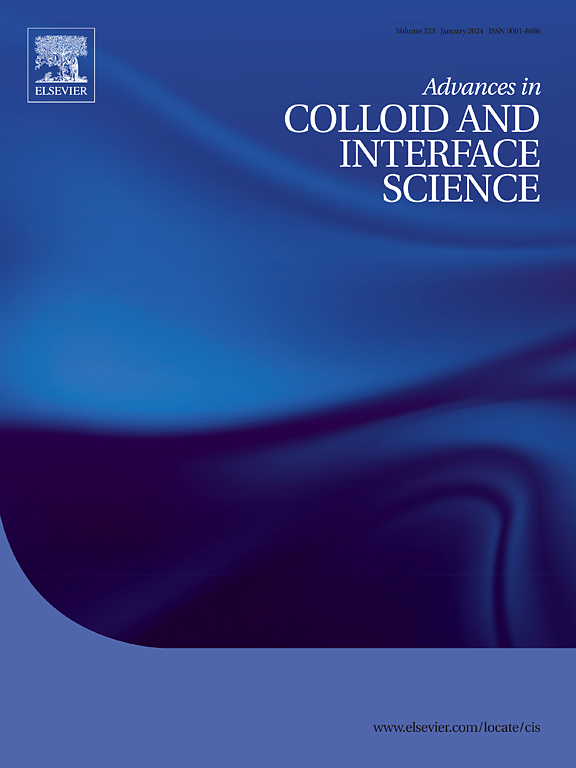Advances in surfactants for photolithography
IF 15.9
1区 化学
Q1 CHEMISTRY, PHYSICAL
引用次数: 0
Abstract
The advancement of dense integrated circuits requires the miniaturization of feature sizes, which has driven continuous progress in photolithography. However, there are still some challenges in achieving a high patterning resolution for photolithography such as surface contaminants, defect formation, pattern collapse, etc. Surfactants have been extensively investigated for several decades as essential wet chemicals to resolve these issues due to their outstanding performance in reducing surface tension, enhancing wettability, and improving solubility. Recently, it has been revealed that surfactants with diverse chemical structures can exhibit distinct functionalities at various stages of the photolithography process, yet comprehensive discussions on their structures, performance, and mechanisms remain limited. In this review, we first address the structure-performance relationships for anionic, cationic, nonionic, and zwitterionic surfactants and then provide a general introduction to photolithography from a historical and technological perspective. Specifically, various surfactants used as additives in cleaners, developers, etchants, and strippers for photolithography are thoroughly summarized and discussed, where their key parameters, used concentrations, and underlying mechanisms have been introduced to provide a valuable guide for future research. Finally, we propose three strategic directions for the development of innovative surfactants to address emerging challenges and drive sustainable progress in photolithography: (1) high-performance surfactants, (2) switchable surfactants, and (3) bio-based surfactants.

求助全文
约1分钟内获得全文
求助全文
来源期刊
CiteScore
28.50
自引率
2.60%
发文量
175
审稿时长
31 days
期刊介绍:
"Advances in Colloid and Interface Science" is an international journal that focuses on experimental and theoretical developments in interfacial and colloidal phenomena. The journal covers a wide range of disciplines including biology, chemistry, physics, and technology.
The journal accepts review articles on any topic within the scope of colloid and interface science. These articles should provide an in-depth analysis of the subject matter, offering a critical review of the current state of the field. The author's informed opinion on the topic should also be included. The manuscript should compare and contrast ideas found in the reviewed literature and address the limitations of these ideas.
Typically, the articles published in this journal are written by recognized experts in the field.

 求助内容:
求助内容: 应助结果提醒方式:
应助结果提醒方式:


